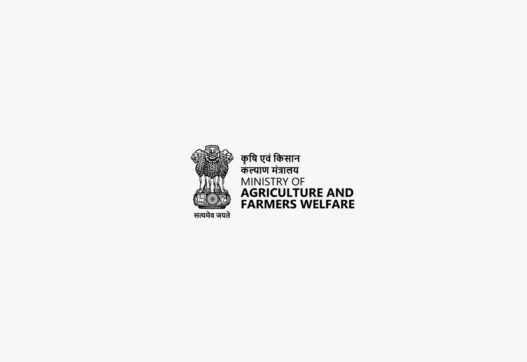Ministry of Agriculture and Farmers Welfare
The Coastal Aquaculture Authority Act, 2005, is a pivotal law enacted by the Indian Parliament to address the need for a regulatory body governing aquaculture practices along the coast. This legislation seeks to balance the economic benefits of coastal aquaculture with the critical need to safeguard the environment and livelihoods of coastal communities. It provides a framework for responsible aquaculture, emphasizing sustainability and environmental protection.
1: Act Background and Ministry
The Coastal Aquaculture Authority Act, 2005, was enacted to establish the Coastal Aquaculture Authority, which regulates activities related to coastal aquaculture in the coastal regions of India. The primary goal is to promote sustainable practices and to protect the coastal environment. The Ministry of Fisheries, Animal Husbandry, and Dairying is the nodal ministry overseeing this act, reflecting the significance of aquaculture in the nation’s economy and food security. This ministry plays a vital role in formulating policies, implementing the act, and ensuring responsible coastal aquaculture development.
2: Enactment Date, Number of Chapters, and Sections:
The Act was enacted on June 23, 2005, and is officially known as Act No. 24 of 2005.
-
The Act is structured into six chapters that are systematically organized to cover all aspects of coastal aquaculture regulation.
-
The Coastal Aquaculture Authority Act, 2005 includes a total of 28 sections.
-
These sections outline the definitions, powers, and functions of the Authority, along with guidelines for registration, penalties, and other miscellaneous matters.
3: Act Governed By:
The Coastal Aquaculture Authority Act is primarily governed by the Coastal Aquaculture Authority, which is established under Section 4 of the Act. This authority is responsible for implementing the provisions of the Act, including:
-
The establishment of regulations for coastal aquaculture activities.
-
Ensuring adherence to environmental guidelines.
The Authority is composed of a Chairperson and several members who represent different areas of expertise, including coastal ecology, environment, agriculture and fisheries, ensuring a multidisciplinary approach to regulation. The Authority is given significant powers to regulate, monitor, and enforce this law across the Indian coastal regions.
4: On Whom It Is Applicable:
The Coastal Aquaculture Authority Act, 2005, is applicable to:
-
All individuals, organizations, and entities involved in coastal aquaculture activities within the coastal areas of India.
-
Owners, operators, and managers of coastal aquaculture units such as farms, hatcheries, and broodstock multiplication centers.
-
The Act defines “coastal area” based on the Coastal Regulation Zone notification issued under the Environment (Protection) Act, 1986.
-
The Central Government can extend its application through notifications.
5: Penalties/Punishments:
The Act includes provisions for penalties and punishments to ensure compliance:
-
Violations of the Act can lead to monetary penalties, suspension or cancellation of registration, and removal of structures involved in unauthorized aquaculture practices.
-
For instance, engaging in coastal aquaculture without proper registration will lead to a fine.
-
Fines vary according to the scale of the violation and could range from Rupees five thousand to twenty-five thousand per hectare of water spread area.
-
The penalties are designed to act as a deterrent and promote responsible practices within the coastal aquaculture sector in India.
-
The adjudicating officer can also take action that includes the suspension or stoppage of an aquaculture unit.
6: Important Pointers:
-
The Act emphasizes environmental protection by regulating coastal aquaculture inputs and prohibiting harmful substances.
-
It ensures that aquaculture activities do not harm the coastal ecosystem.
-
The Coastal Aquaculture Authority has power to set standards, inspect facilities, and order the removal of any aquaculture operations that cause harm to the environment.
-
It promotes sustainable development by promoting responsible practices.
-
-
The Act establishes a transparent process for registration for those engaged in coastal aquaculture.
-
This process ensures compliance with set regulations and guidelines.
-
-
It provides for a grievance mechanism through an appellate authority.
-
The act empowers the Coastal Aquaculture Authority to set standards, inspect facilities, and order the removal of any aquaculture operations that cause harm to environment. Moreover, it has a focus on sustainable development by promoting responsible practices. The Act also establishes the importance of registration, outlining a transparent process for those engaged in coastal aquaculture, ensuring compliance with set regulations and guidelines. It also addresses grievances by setting up an appellate authority.
7: Download Act Copy




